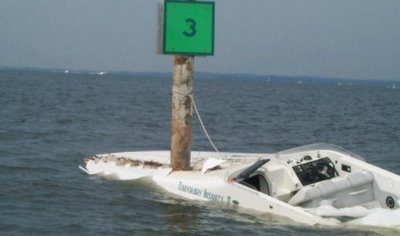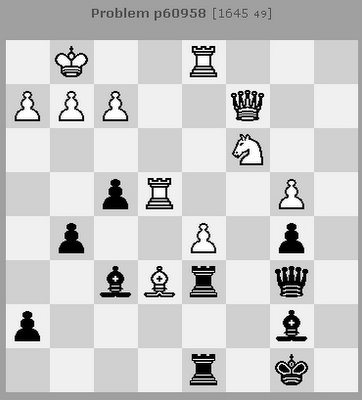The role of speed in chess improvement.

The role of speed.
(did you see the name on the boat?)
When one starts working with CTS, the most remarkable fact is that the time constraints are very tight.
This easily leads to the wrong conclusion that CTS is primarily beneficial for learning how to play blitz.
I made this mistake myself.
It is easy to underestimate the role of speed in normal chess.
I have posted about speed it in the past. It is still interesting and relevant to read.
A player with a higher rating plays faster.
I found an average difference of 3 x faster per 100 elopoints.
Whether this is 2x or 5x in reality is not relevant for understanding.
This means that 300 elopoints = 3 x 3 x 3= 27 x faster.
I know this sounds unbelievable.
Where does this speed come from?
Of course not from a faster working brain.
The difference in speed comes from switching over from one sort of brainprocess to another. One is "finding out" the other is "recognizing".
The time you need to find out how to solve a chesspuzzle differs vastly from just recognizing it.
Take a look at the next diagram:

Black to move.
If you have to find out the move of black, it will probably cost you about 1 - 2 minutes.
If you recognize the underlying pattern, you are ready within 10 seconds.
Let's take a some somewhat closer look at this finding out stuff.
This finding out is usually referred to as "calculating".
What you do here is a sort trial and error.
What happens if I do this or that?
This trial and error continues until you DO recognize a pattern.
Then you know you are on the right track.
If you have no patterns in your brain-database at all (= you are a genuine novice) it will at least take you a few hours (or days) to "calculate" what this position is all about.
Statistics of this problem:
59 men tried to solve it.
31 succeeded.
28 failed.
From the 31 people who succeeded, 27 finished it within 10 seconds.
The 28 who didn't solve the problem gambled and failed.
It will be clear that the persons who failed have to do some work.
Otherwise CTS is useless indeed.
This work consists of switching over from one brainprocess to another.
First you have "to calculate" the solution. Then you have to store it as a pattern in your brain so you can "recognize" it the next time.
I posted about my experiments with this a few days ago.
So the flaw is not in CTS or it time constraints, but in the way we work with it.
It is a tool that in a very precise manner indicates what patterns aren't stored in your brainsystem yet.
CTS does have a main flaw though. The problem window of 10,000 problems is much too wide to have an effective repetition of problems.
This is quite interesting, and i agree
ReplyDeleteI started working with CTS and I think it will be a great tool to continue study with. At the start I think someone like myself will be better suited to use CT-Art or Personal Chess Assistant to do the circles with and get a strong foundation. I think CTS encourages you to guess too often when your 75% sure your have the right move but you haven't calculated it to the end.
ReplyDeleteI haven't come across that one yet (that I remember) in CTS, but I tried to follow my thought process as I solved it. The first thing I noticed was the theme of the problem, then I found a way to successfully address the theme. So, I believe your conclusions are correct. By putting patterns into our head, we are developing chess intuition (Soltis addresses this in the book I'm now reading - How to Choose a Chess Move). This certainly is an aid to our play, especially with a time control.
ReplyDeleteWow. I never get 1645 rated problems. Well at least not yet. This took me a bit, but I noticed the back rank possibilities immediately. From there it's a matter of pulling the queen off the rook, throw in a lil' this and a lil' that, you know spice it up, and booyah, you've gained a piece.
ReplyDeleteUm, well that's what I think. I'm definitely with you on the effectiveness of CTS for forcing pattern recognition.
PMD,
ReplyDeleteIt took you a bit.
But ca. 50% of your potential opponents spot the total line within 10 seconds. They must have picked up that pattern somewhere along the road.
If chess were all pattern recognition
ReplyDeleteit would hardly be worth playing.
The player would have reduced himself
to a human bar code reader.
That's hardly something to get excited about.
Where's the passion and adventure?
Funky,
ReplyDeleteDon't mix up writing a novel and learning the language.